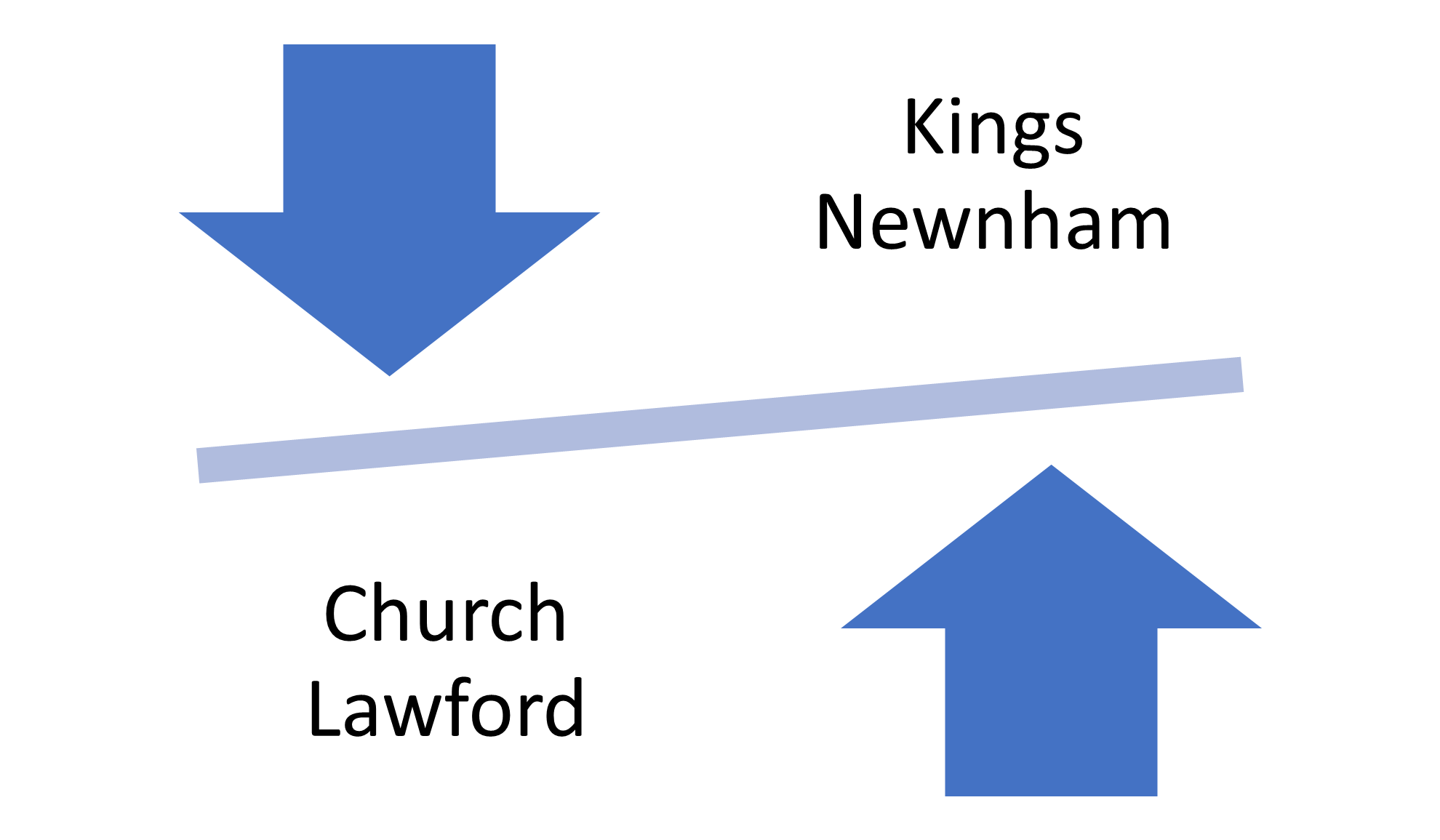Back in the 17th Century there were a number of additional taxes levied on the village dwellers. In 1662 the Hearth Tax was introduced by the Government of King Charles II to raise funds for the King in his time of need. For the next 25 years or so this tax was levied on householders, based on the size of their properties – and this was measured by the number of hearths those properties had – as obviously bigger houses needed more fires to heat them. It was only levied on tenants who had an annual rent over a certain amount, and the payment was collected twice yearly. See here for more details on this tax.
There is an online digital archive of Hearth Tax information here, and that information has been rationalised with known villager names and status of that time.
The records for Church Lawford in 1670 are as follows
| Name | Hearths |
| Widow Aspley | 1 |
| Richard Benn | 1 |
| Thomas Benn | 1 |
| Thomas Bird | 2 |
| Alice Bond | 1 |
| Robert Bradford | 1 |
| William Cole | 1 |
| George Cotton | 1 |
| Widow Cox | 1 |
| Daniel Dalton | 1 |
| Henry Dalton | 1 |
| John Dalton Jnr | 1 |
| Joseph Dalton Snr | 1 |
| Thomas Dalton | 1 |
| Joseph Garfield | 1 |
| Robert Garfield | 1 |
| Barnaby Hall | 1 |
| Nickolas Herbert | 1 |
| Richard Hill | 1 |
| Empty House | 4 |
| Richard Hutchinson Esq | 5 |
| Widow Lester | 3 |
| Robert Matthews | 1 |
| Thomas Moe | 1 |
| Christopher Moore | 1 |
| Moses Moore | 1 |
| Samuel North | 1 |
| Richard Oliver | 1 |
| Margaret Perkins | 1 |
| William Phillips | 1 |
| Thomas Pullner | 1 |
| Thomas Read | 1 |
| Widow Saunson | 1 |
| Robert Walmsley | 2 |
| Edward Wright | 5 |
For Kings Newnham in 1670 the records are as follows
| Name | Hearths |
| Benjamin Arnall | 2 |
| William Atkins Snr | 1 |
| William Atkins Jnr | 1 |
| Widow Cotton | 1 |
| Widow Daniell | 1 |
| Joseph Harris | 2 |
| Robert Leigh | 17 |
| Susan Sedgley | 2 |
| Joseph Skinner | 1 |
| Richard Ward | 3 |
| Laurence Worth | 2 |
The Hearth Tax levied between 1662 and 1689 was then replaced by the Window Tax which was a tax on windows or similar openings, levied from 1696 until it was abolished in 1851.
Window Tax records have not been located for the two villages – Hearth Tax records were needed for voting registration purposes, so were more formally managed.
